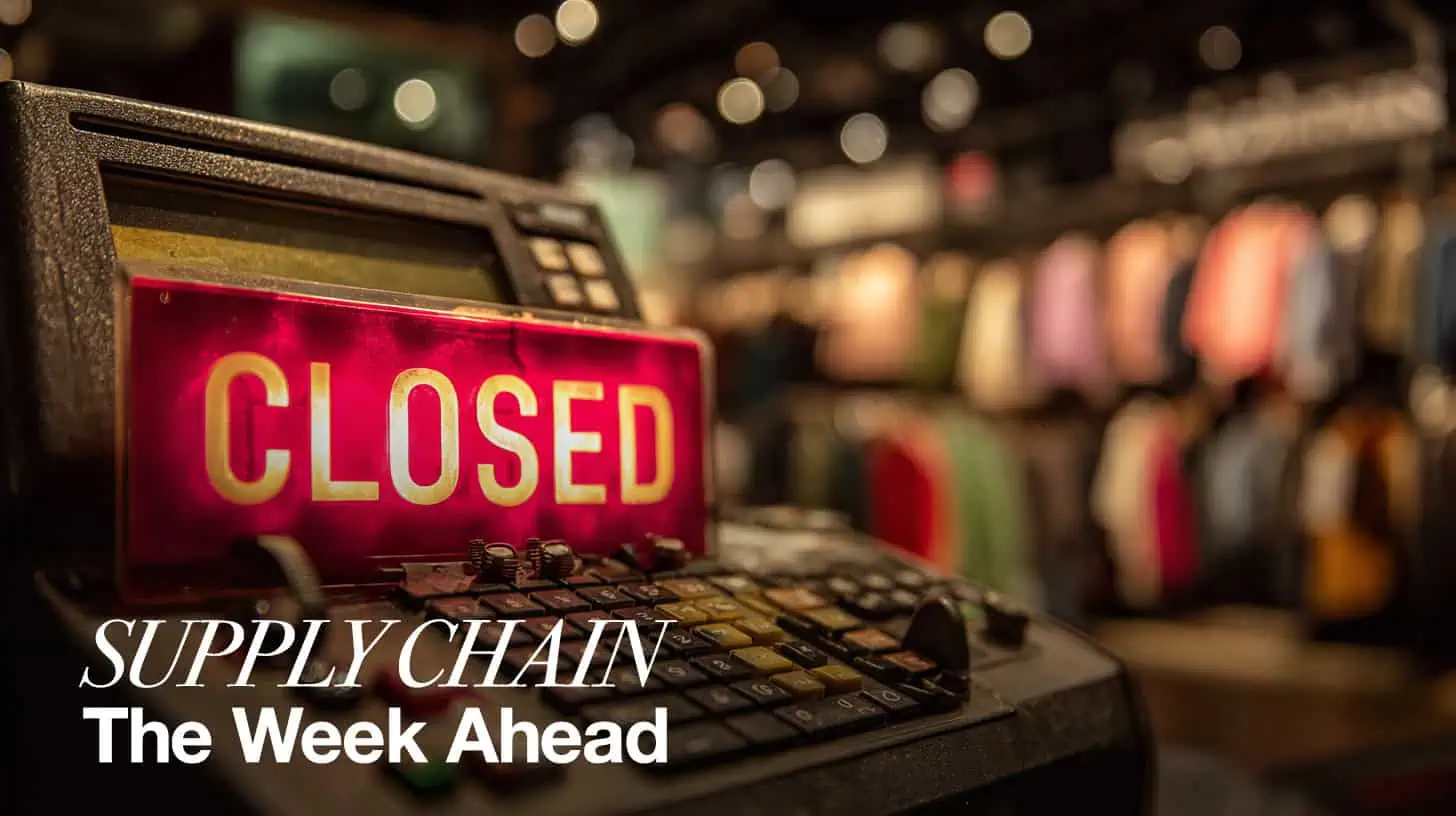Author
Logistics Manager
Published
September 3rd, 2025
Length
3 Minutes
For years, brands found relief in the de minimis rule, the loophole that allowed imports under $800 per package to enter the U.S. duty-free. It’s how e-commerce giants like Shein and Temu built a cost advantage, and how many brands quietly moved packaging materials or components through Mexico to avoid higher tariffs on Chinese goods.
That chapter is now closed.
As of September, the de minimis exemption has been eliminated not only for China (which lost access earlier this year) but now for all countries. At the same time, a new wave of tariffs took effect September 1, raising duties on dozens of countries central to the global fashion and retail supply chain.

Brands depending on imported China packaging & raw materials, get a double hit:
- Every shipment counts, even small runs of packaging samples or seasonal packaging now carry tariffs.
- Materials are also affected paper, board, textiles, foils, and plastics entering the U.S. for domestic packaging manufacturing are now costlier.
- Routes are closing, importing Chinese goods via Mexico or ASEAN to dodge duties is no longer a viable strategy.

What This Means for Your Business
- Rising Costs Across the Board
Footwear and apparel are expected to see consumer prices climb 15–25%. Packaging isn’t insulated — tariffs on raw materials and finished packaging will directly increase your landed cost.
- More Complex Customs Clearance
The original purpose of de minimis was to speed up small shipments. Without it, expect longer lead times, more paperwork, and more chances for errors or delays at U.S. ports.
- Inflationary Pressure on Consumers
With Americans’ purchasing power squeezed, brands face tougher pricing decisions. Premium packaging still matters, but over-spending on heavy, complex formats could backfire.

The Questions You Should Be Asking Right Now
- Where does my packaging really come from? Trace not just your direct supplier, but the mill, the substrate, and the production facility. Many U.S. tariffs now specifically target transshipped goods.
- Am I over-reliant on one trade lane? A single disruption (China tariffs, Mexican route closures, ASEAN penalties) can ripple through your launches. Learn how to diversify with IDP Direct.
- What’s my 12-month buffer plan? How much packaging inventory should you secure now, and where can you diversify sourcing to avoid surprises?
- Do my packaging partners have verified sustainability and compliance documentation? Customs will be scrutinizing imports more closely. Documentation gaps = costly delays.

What Not to Do
- Don’t panic-buy. Front-loading too aggressively ties up capital and can leave you with excess inventory if demand shifts.
- Don’t chase the cheapest alternative. Unverified suppliers or “tariff workarounds” can expose your brand to compliance risks and reputational damage.
- Don’t wait for Washington. Even with ongoing legal battles, tariffs and de minimis changes are here now, the system will only get more restrictive.
How to Plan for the Next 12 Months
- Model new landed costs with tariffs built in not just for finished packaging, but for materials.
- Diversify sourcing across multiple regions with clear sustainability and compliance data.
- Redesign packaging for efficiency reduce size, simplify substrates, and cut excess weight to offset tariff-driven costs.
- Build flexibility into launches have alternate formats ready if costs spike or timelines slip.

Where IDP Direct Can Help
At IDP Direct, we own and operate factories in China, Indonesia, Romania, and Mexico giving you multiple sourcing options under one roof. Our vertically integrated model means:
- Design efficiency that reduces packaging weight and complexity without sacrificing luxury.
- Full transparency into where substrates are sourced and how they’re processed.
- Tariff mitigation strategies by shifting production to regions with lower duties.
- Sustainability assurance through verified traceability and LCA-ready reporting.

Bottom Line
The end of the de minimis era is a shock to the system, not just for fast fashion, but for any retail brand importing packaging into the U.S. Combined with new tariffs, the cost of inaction is high. Brands that ask the right questions, avoid reactive decisions, and build flexible, transparent supply chains will come out stronger.
📩 If you’d like to understand how these changes specifically impact your packaging program, our team at IDP Direct is here to help you map a 12-month plan.
info@IDPdirect.com



